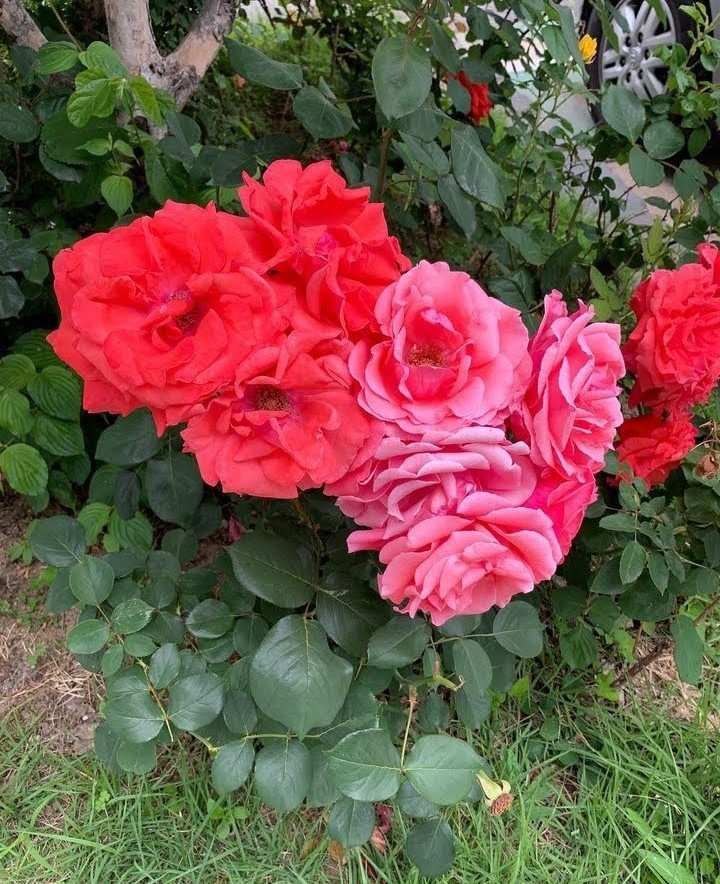
A city in a garden
Singapore's focus on greenery has resulted in a beautiful city within a park.
In an interview with the Straits Times, Japanese architect, Mr Toyo Ito described his own project, CapitaGreen, as "a giant tree in the city". If the famous Pritzker Prize winner is to be believed, the future of Singapore's central business district (CBD) could be a giant park.
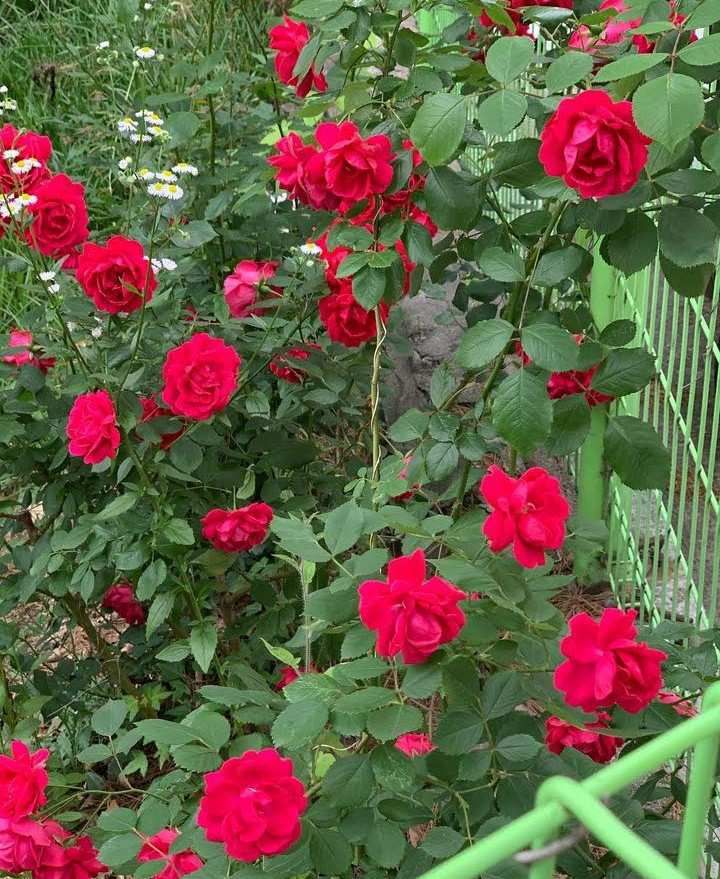
From a distance, Singapore's CBD is a mix of skyscrapers of glass, steel and light, aligned to create a dazzling urban constellation. More recently, Singapore's financial and business sectors tell a different story. Singapore's focus on green has resulted in beautiful cities and gardens. This is not just luck. The Urban Development Authority of Singapore (URA) has approved it as such. “Natural and green things are important to our healthy lifestyle. As we plan for the entire island, we continue to set aside land for nature reserves, parks and natural areas. Even in the city center, land is being set aside for parks and other projects. To add more green to the city, we promote vertical and horizontal green through various programs and incentives.
-Ms Chou Mei, Head of Security and Rural Development at URA
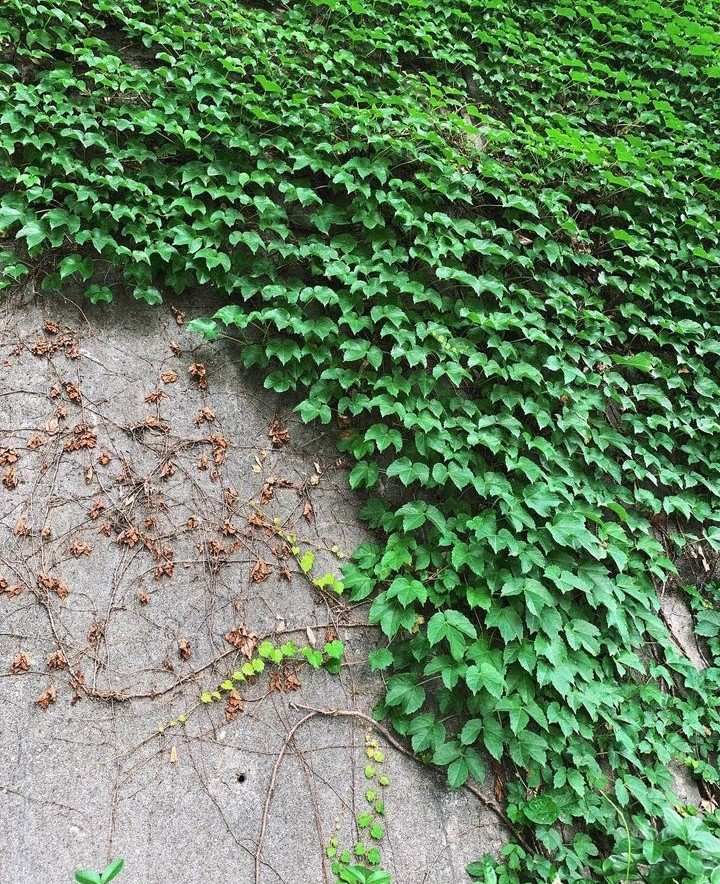
CapitaGreen
If we take the case of Marina Bay in Singapore, where land was reclaimed about 40 years ago for the expansion of the CBD in Singapore, the government has released 100 hectares of land - 100 times from Trafalgar Square in London! - build three unique gardens on the waterfront to give the city a green lung. This guidance reinforces the economic benefits of environmental development.
“At the same time, as Singapore's urban area continues to grow, well-designed public spaces are essential to make Singapore attractive and livable for its residents. Well-designed and planned public spaces can promote urban life and strengthen community ties,” adds Ms. Chou.
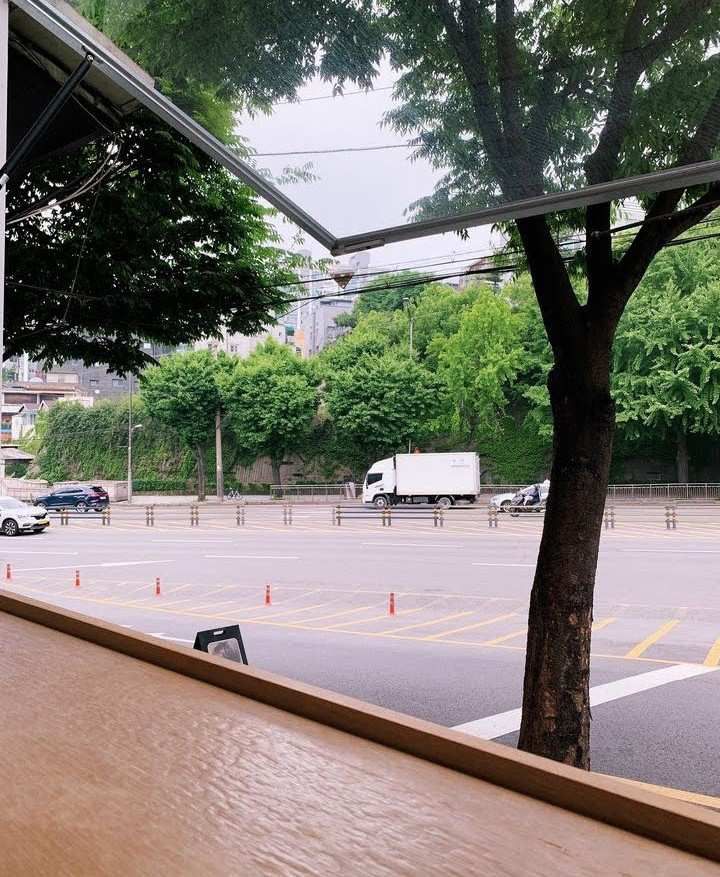
Indeed, walking around Raffles Place, it is common to spot the business community indulging in these green public spaces - gathering on the green lawns to take a respite from a busy day at work, seeing amateurs fitness doing acro yoga in the evening or even the occasional community event and exhibition. To add beauty and expand these friendly green spaces in the heart of the CBD, the streets of Raffles Place and the surrounding areas will be enhanced with a variety of activities and other activities. The public can expect new parks, public spaces and even wider roads for walking and cycling. You will want to leave your desk for lunch. I avoided the parking lot, created paradise
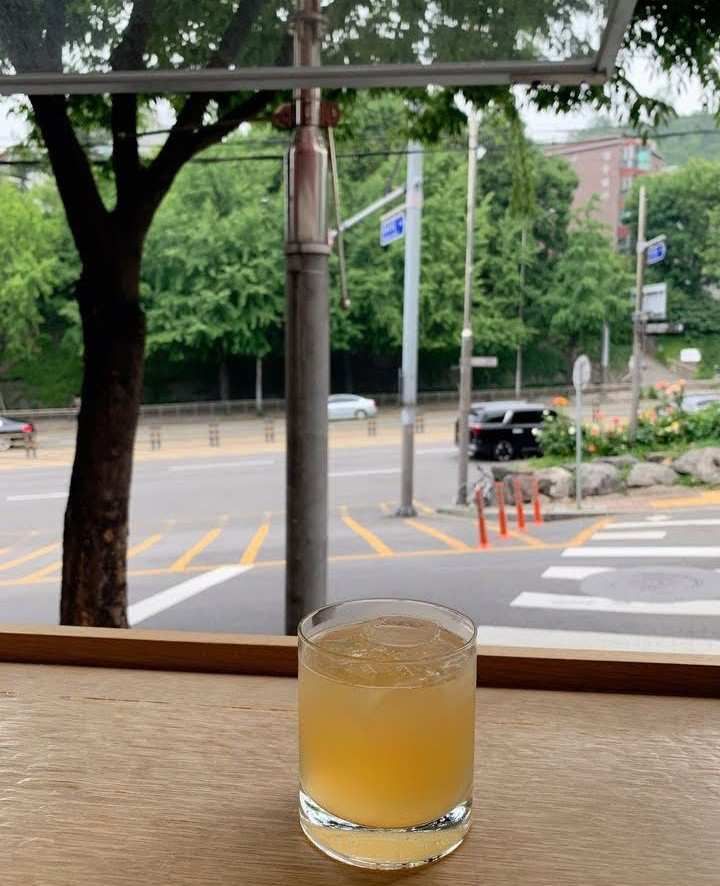
The new CapitaSpring on Market Street will seamlessly connect commercial and community spaces. As part of Market Street is converted into a new pocket park to add more greenery and charming public spaces, the new 12,500 square foot park will blend into CapitaSpring's 19 meter high City Room at ground floor of the integrated development. With more placemaking venues, the working community can expect more community events.

Getting started with CBD will also be fun. CapitaSpring will have a cycle path around the development, with 165 functional parking spaces at the end of the journey. These new cycle paths will further connect cyclists to the planned central area cycle network, which will be gradually implemented over the coming years. Urban Redevelopment Authority. Car initiatives such as the Sunday free car in the Civic area are supporting the move to sustainable and environmentally friendly housing for the community.
With Raffles Place connected to the national cycle network, those who choose to ride a bike can expect a comfortable and convenient journey to work or when traveling between public transport hubs and things is close. A great way to hit your cardio limit before starting your day!

Can't ride a bike? No worries. CapitaSpring will also feature excellent island-wide connectivity, with secure access to three train lines from the Raffles Place MRT interchange and Telok Ayer MRT station. Thanks to the various connections maintained along Malacca Street, all-weather pedestrian connections will be ensured between Raffles Place MRT station and the nearby development - it will be an easy drive. !
The server garden has one basket - from a dozen to as many as 300. Finland's 60 garden centers have a total of about 6,000. Gardeners grow a variety of plants, including potatoes, carrots, strawberries, tomatoes, herbs and even apple trees. Many lands also have a variety of rows of flowers and ornamental plants. In most country gardens, each plot includes a small house.
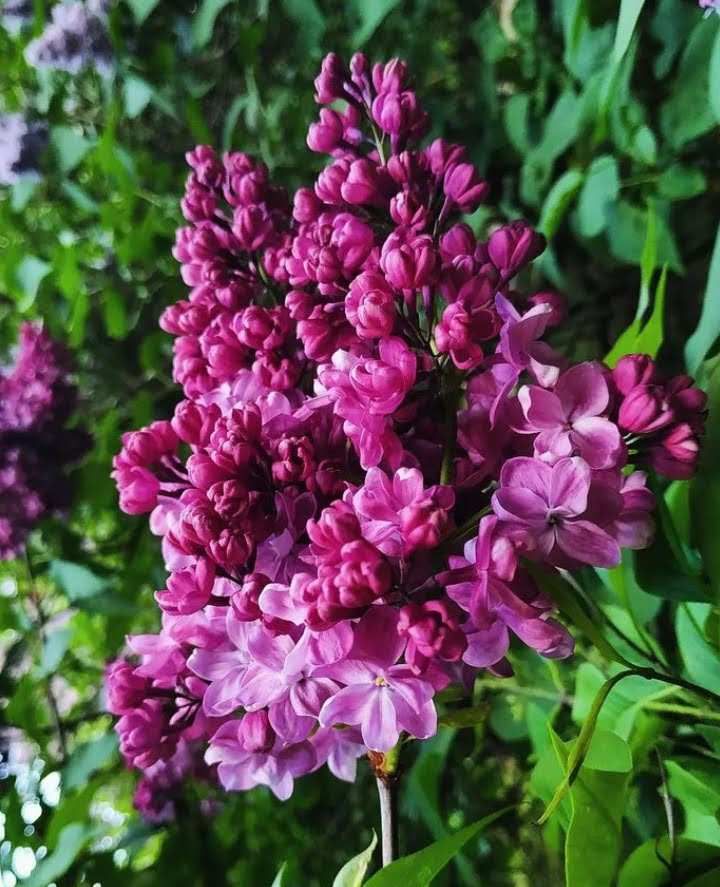
This garden is often considered a public park garden. You are free to explore the trail on your own during the opening hours. The spaces themselves are private, so you need permission to enter them. Especially for city dwellers, it's a great way to spend time in nature and get your hands on the ground without having to travel far to the resort. Many people cycle or walk in their gardens.
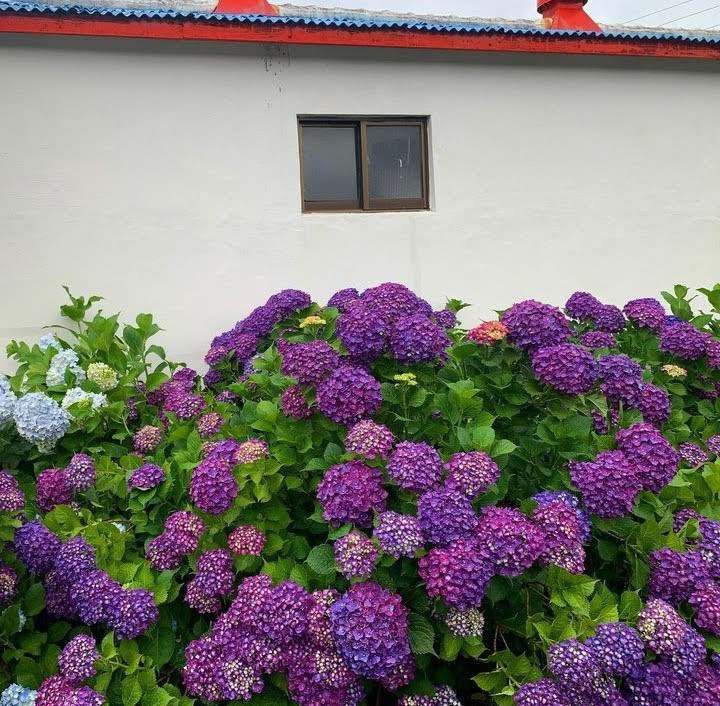
"The best thing about allotment parks is that you don't have to go far to enjoy them," says Kärkäinen. A typical Finnish holiday home can accommodate about 10 garden plots, including areas and roads. In other words, their carbon footprint is much lower than that of a normal living room. "We wanted to safeguard things:" We wanted to safeguard different things. "That is why we use the process that is reported." Recycling is also makes a part of daily life on Hot. All horizonsA spirit of cooperation is characterized by the share of the garden, and everyone participates in the welfare. Some people also contribute financially, but more often than not, donating means helping. This could include anything from tidying paths to making community coffee.
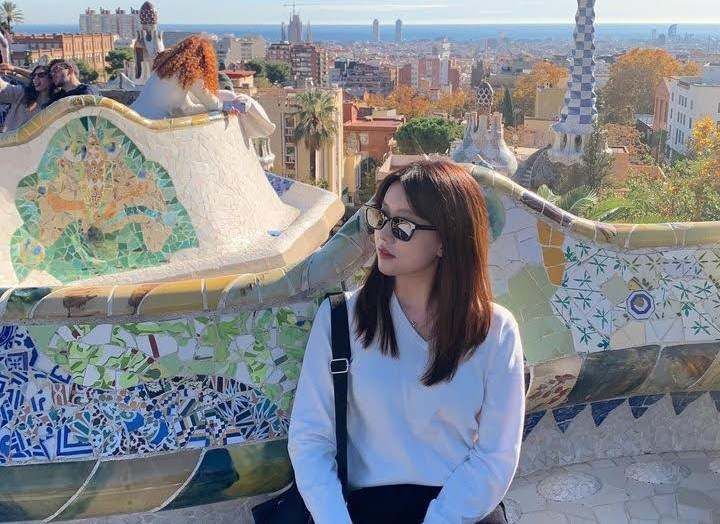
“We know more people here in this allotment than in our building, even though we've been here a lot less time,” says Jenni Rainio, owner of the land.
The assigned community hosts a variety of events and activities, from outdoor yoga to karaoke to summer parties, or even shoe flipping contests. You don't have to own land to participate in the event, because this event is public